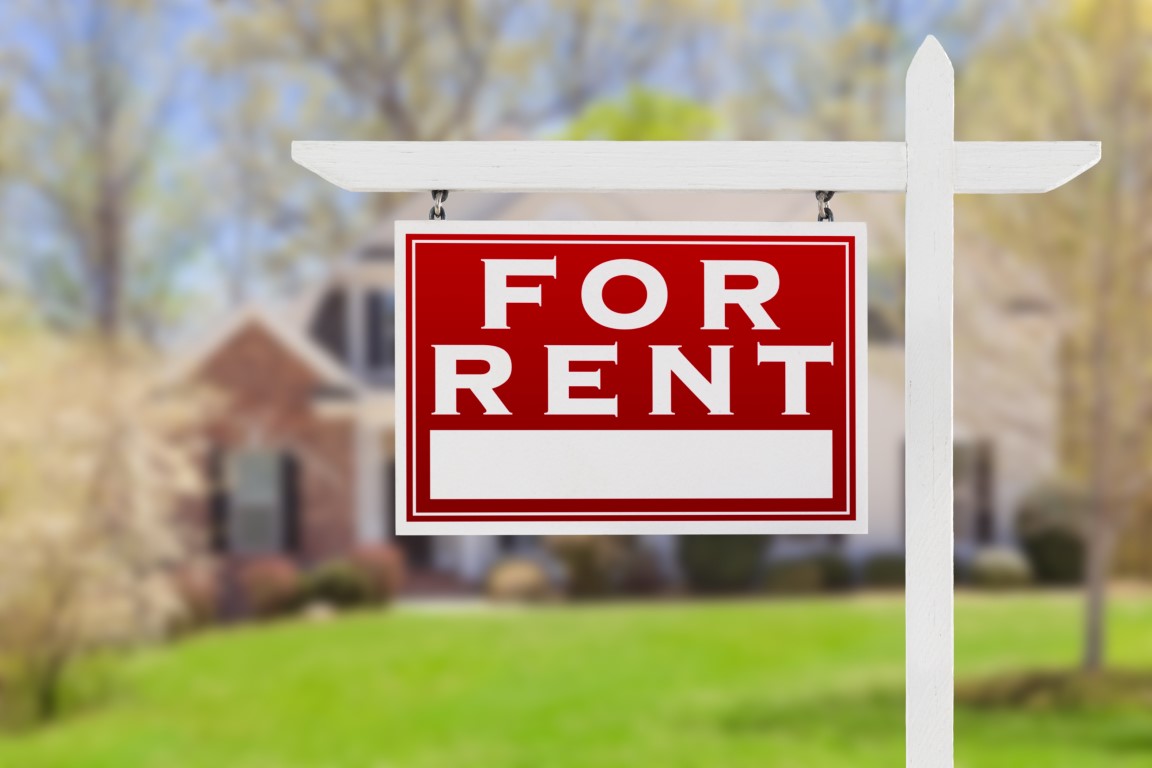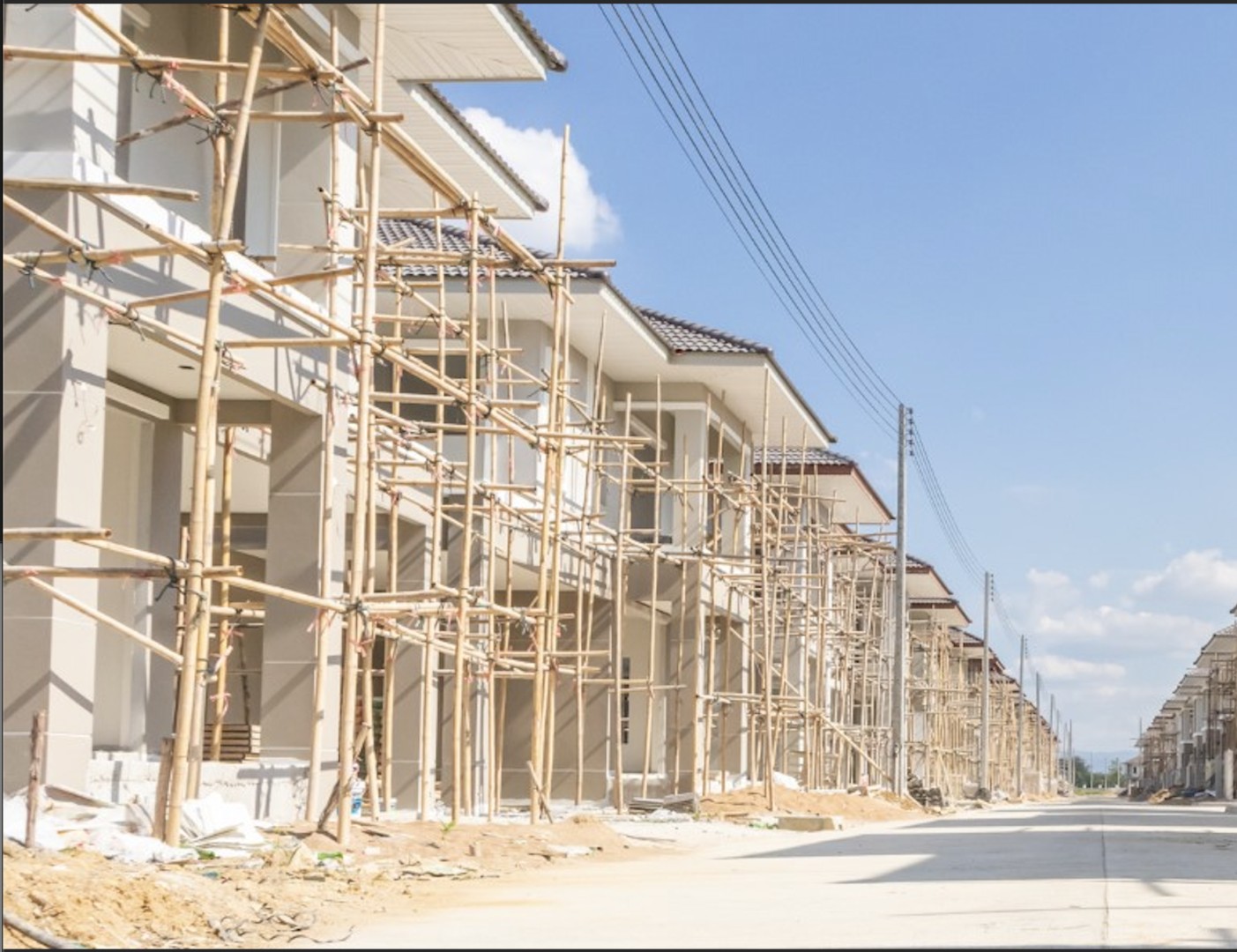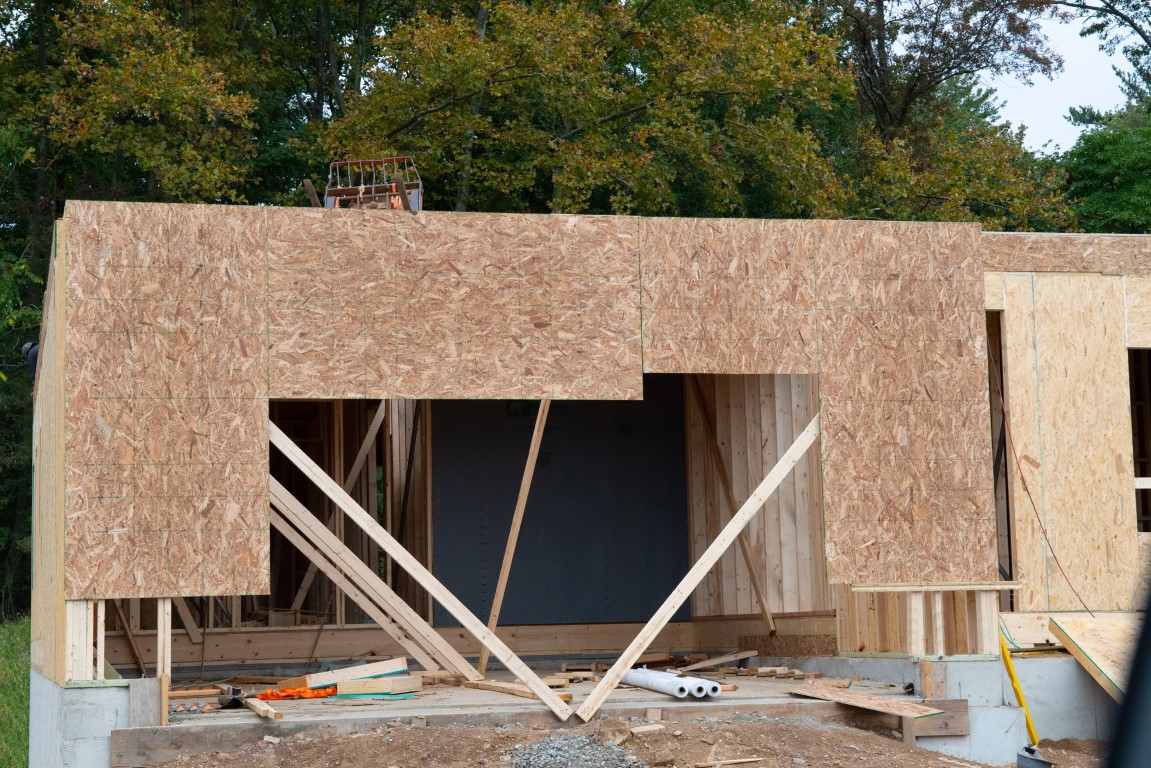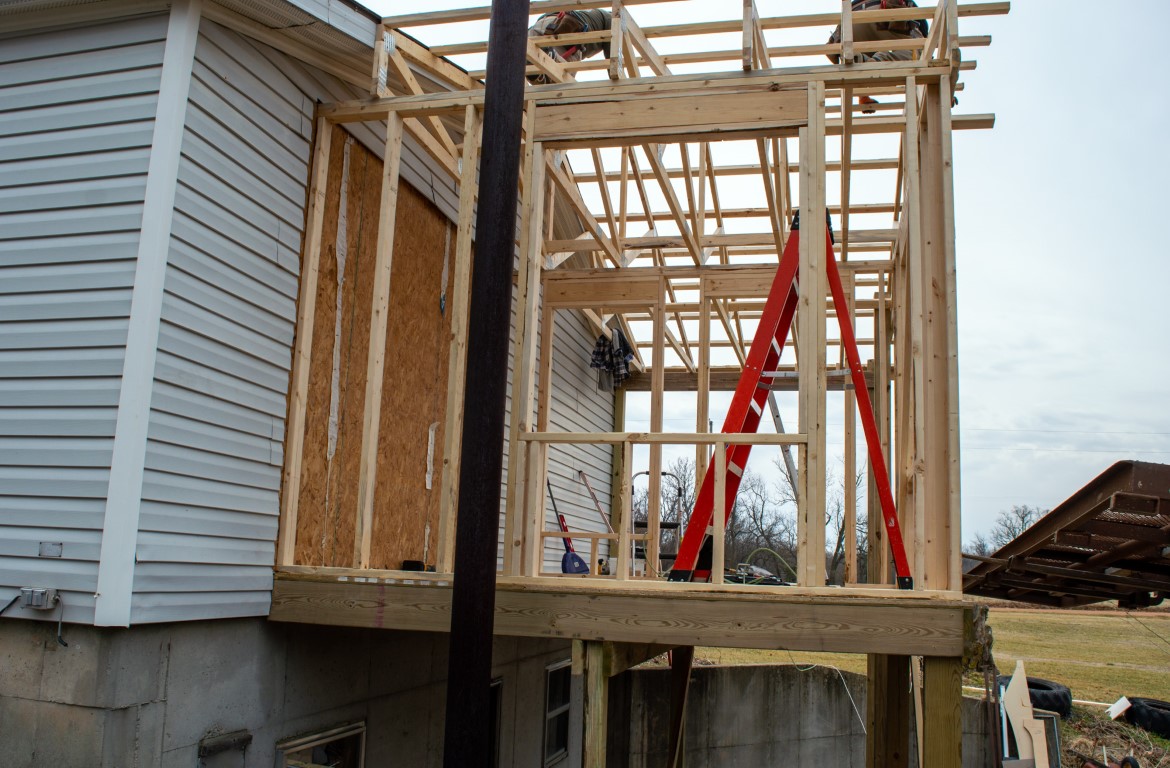June 17th 2024
 I’m sure it comes as no surprise that Ontario has a shortage of housing. Certainly, anyone in real estate is acutely aware of this. It quickly becomes apparent when you are trying to find a good rental unit for a perspective tenant, and even in spite of the post-covid slowdown in real estate, the right house is sometimes hard to find. This is especially critical in and around Toronto because it is the province’s epicentre for immigration. But housing shortages are a reality across the province.
I’m sure it comes as no surprise that Ontario has a shortage of housing. Certainly, anyone in real estate is acutely aware of this. It quickly becomes apparent when you are trying to find a good rental unit for a perspective tenant, and even in spite of the post-covid slowdown in real estate, the right house is sometimes hard to find. This is especially critical in and around Toronto because it is the province’s epicentre for immigration. But housing shortages are a reality across the province.
In an attempt to address this, the province some time ago, passed sweeping legislation that essentially overstepped the official plans of all the municipalities in the province by allowing ‘granny flats’ in low density R-1 zones. This was intended to address two issues: The shortage of housing units and also the fact that many people, especially seniors and single parents were living house rich but cash poor. By allowing them to create an additional unit within their home they were essentially killing two birds with one stone. Zoning restrictions were relaxed. Tandem parking was allowed. These new units did not even require their own unique entrance. It was permissible to pass through a portion of the principal dwelling to access the unit. But it needs to be noted that this legislation did not create duplexes. The owner was required to reside in the building.
Well, under the Ministry of Municipal Affairs and Housing, new legislation has been introduced which takes granny flats to a whole new level.  The plan is ambitious. It is the government’s goal to create 1,500,000 new housing units over the next 10 years. That’s an average 150,000 new units a year. To put that in perspective, the best year for housing starts in the last 30 years was 2021 with just over 100,000 housing starts. This is aiming at 50% more than that record year every year for the next decade.
The plan is ambitious. It is the government’s goal to create 1,500,000 new housing units over the next 10 years. That’s an average 150,000 new units a year. To put that in perspective, the best year for housing starts in the last 30 years was 2021 with just over 100,000 housing starts. This is aiming at 50% more than that record year every year for the next decade.
The legislation is entitled “More Homes Built Faster Act 2022”. And it attacks the problem on a number of fronts. When a developer creates a subdivision plan for example, the amount set aside for parkland is reduced from 1 hectare per 300 units to 1 hectare per 600 units, allowing more units to be built in the subdivision plan. Development costs are reduced for rental housing and affordable housing. The government is also committed to lowering borrowing costs and providing incentives for new construction, and to reduce red tape.
But the real impact, I feel, is the implementation of Regulation 299/19 of the Planning Act, which elevates the idea of granny flats to an entirely new level.
Basically, what this provision does is allow, not one, but two additional units to be added to a single home in low density R-1 residential  areas. And these two additional units can be configured both within the principal dwelling, or one in the dwelling and one ancillary unit outside free-standing like a tiny house in the yard or a converted garage.
areas. And these two additional units can be configured both within the principal dwelling, or one in the dwelling and one ancillary unit outside free-standing like a tiny house in the yard or a converted garage.
It will require one parking spot per unit, but these can be tandem along a driveway and if the current building does not require parking, neither will the additional units. Unlike the old ‘in-law’ apartments, the additional occupants can be ‘arms-length’ – non-related.
And the really significant change is that the owner of the building does not need to reside in the unit. It can be an investor. The age of the building is not a factor, but because the additional units are new, they will not be subject to rent controls. The provisions of this regulation applies to existing detached, semi-detached and townhouse structures.
What this does essentially is create the potential of developing duplexes and triplexes in any low-density zoned area in municipalities across  the province. Each municipality has the ability while implementing Regulation 299/19 of passing related by-laws, but these by-laws must not undermine the spirit of the legislation.
the province. Each municipality has the ability while implementing Regulation 299/19 of passing related by-laws, but these by-laws must not undermine the spirit of the legislation.
Some municipalities have already adopted these measures and in response investors or developers have been on the lookout for buildings suitable to subdivide costing out acquisition and renovation costs, factoring in projected rent and creating packages they can easily market.
Municipalities that have not yet implemented these changes will be no doubt in the process of doing so, and it’s a great opportunity to get involved and add your input.